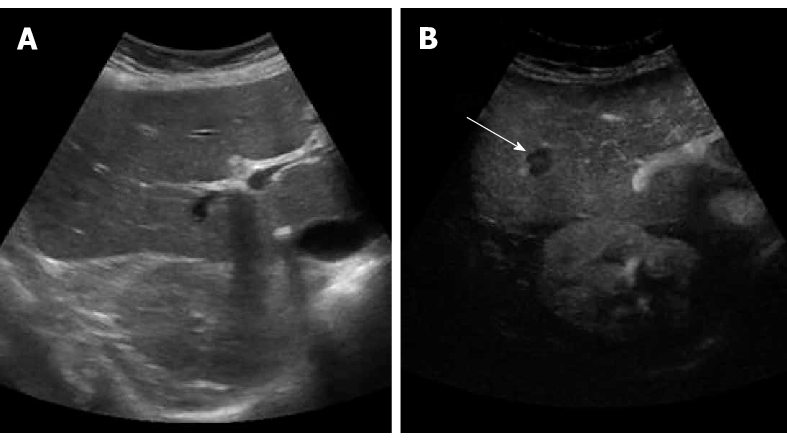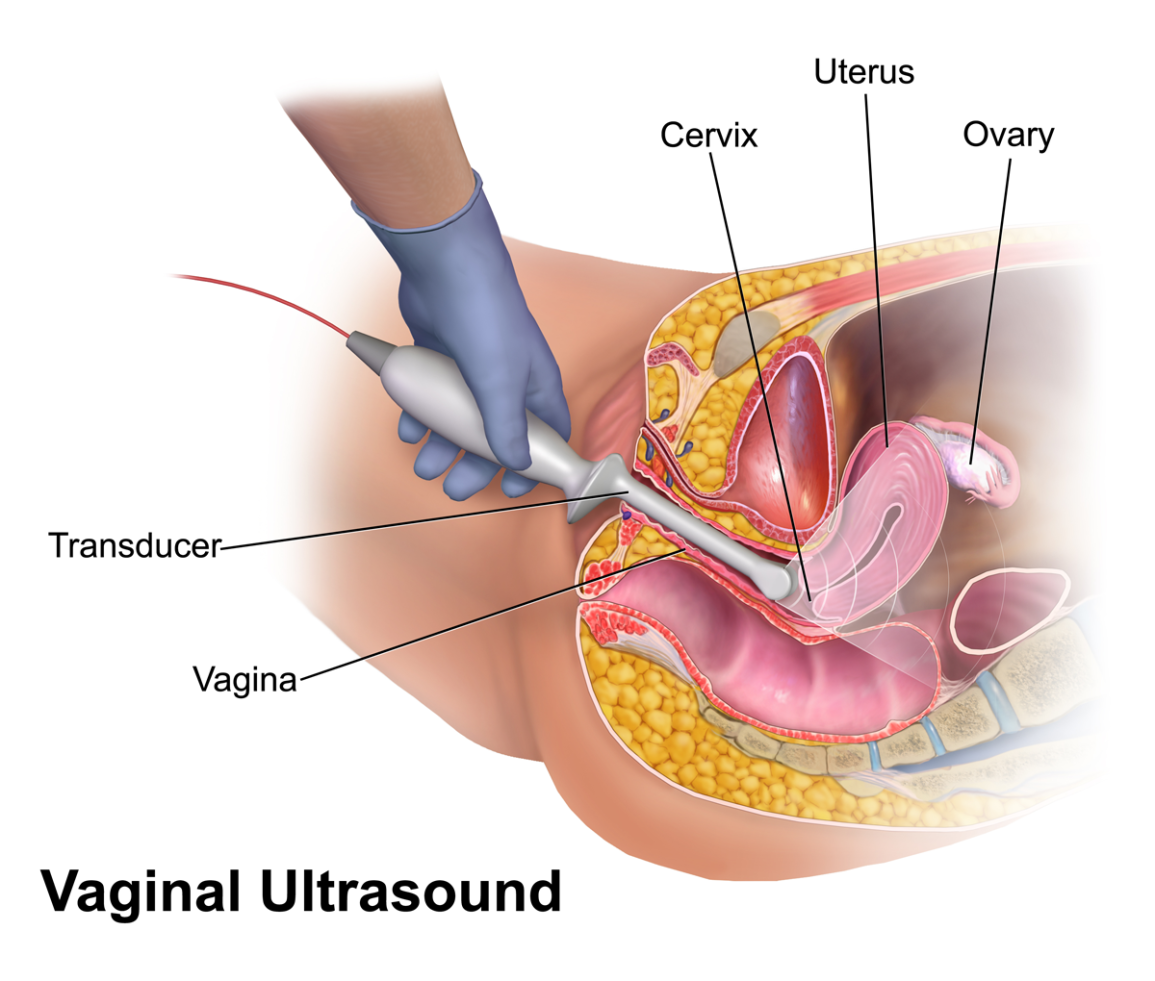Millions of Americans struggle with fertility problems. Fortunately, there are multiple fertility treatments that can address sources of infertility and increase a patient’s chance of conceiving a child.
At Pacific Fertility Center of Los Angeles, our team of fertility specialists can customize treatment to meet the specific needs of each patient. One of our most common forms of treatment is in vitro fertilization, or IVF.
IVF monitoring allows us to evaluate every stage of IVF so that we can ensure treatment is going as planned. Monitoring will begin even before the first stage of IVF, which is ovarian stimulation, starts. Our doctors begin monitoring patients by performing a baseline ultrasound. A baseline ultrasound at our Los Angeles, CA, fertility center provides information about the ovaries and uterus that is valuable to the fertility treatment process.
When is a baseline ultrasound performed?
A baseline ultrasound is performed before we start our patients on any stimulation injections or hormone medications. It is important that this ultrasound provides us with a true glimpse of the health and state of the ovaries and pelvic organs before fertility treatment begins.
This baseline will then allow us to compare ultrasounds that are performed throughout the IVF process to this initial exam. Although the exact day that a baseline ultrasound is performed may vary slightly for each patient, it is generally scheduled right around the time that the patient’s period is expected, or around day one or two of the menstrual cycle.
What is the baseline ultrasound looking for?
A baseline ultrasound allows us to evaluate the ovaries and pelvic organs to determine if it is an appropriate time to begin ovarian stimulation, which is the first phase of IVF treatment. A baseline ultrasound may also be performed prior to a frozen embryo transfer.
When our doctors observe the results of the baseline ultrasound, they will be looking at several key criteria, including the following:
- The orientation of the uterus
- The thickness of the uterus lining
- The measurement of any follicles
- Whether there are cysts or fibroids present
- Measurement of serum estradiol levels

What to expect in your baseline ultrasound
There are two phases to a baseline ultrasound: an abdominal ultrasound and a vaginal ultrasound. To start, we will apply a gel to the patient’s abdomen and run a probe along their midsection. Although the bladder does not need to be full to perform this portion of the ultrasound, it also should not be empty.
After this portion of the ultrasound is complete, the patient is asked to use the restroom. Once the bladder is empty, we will perform the second part of the ultrasound, which involves a vaginal probe. A small vaginal transducer will be placed in the vagina to provide us with a view of the uterus and ovaries.

When the ultrasound is complete, our doctors will evaluate the results and determine how to proceed with treatment. If the results are normal, we will likely begin ovarian stimulation right away. However, if there are ovarian cysts present, we will wait for the cysts to clear up before proceeding with treatment, which usually takes about a week.
Learn more about baseline ultrasounds and IVF
At Pacific Fertility Center, our doctors offer a range of services and treatments that help patients overcome infertility and realize their dreams of parenthood. If you have been struggling to conceive and would like to learn more about these services, contact us at your earliest convenience. We look forward to hearing from you!
Note: This is not intended to be a substitute for professional medical advice, diagnosis or treatment. Information provided is for general educational purposes only and is subject to change without notice. Speak to your doctor directly with any questions you may have regarding a medical condition. Any information contained herein does not replace any care plan as determined by a physician.
You May Also Like
These Stories on In-Vitro Fertilization


.png)